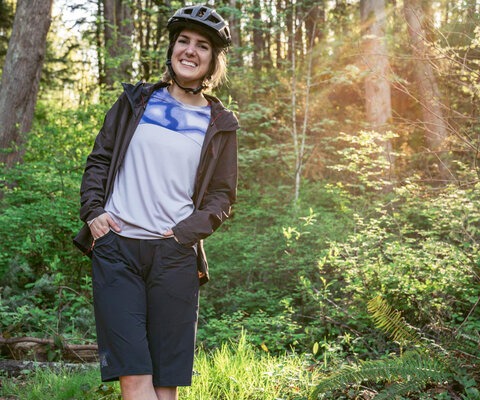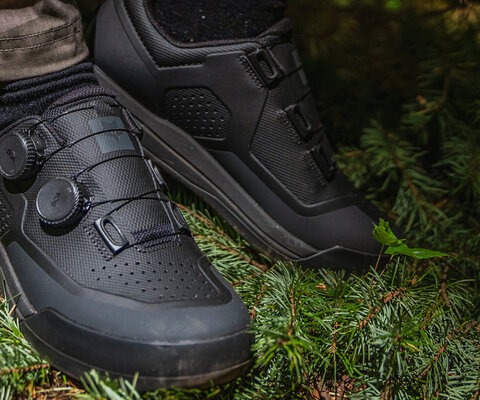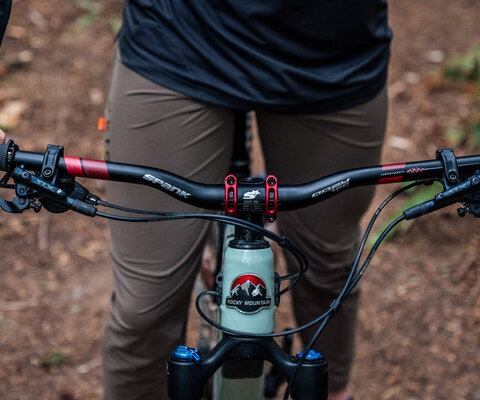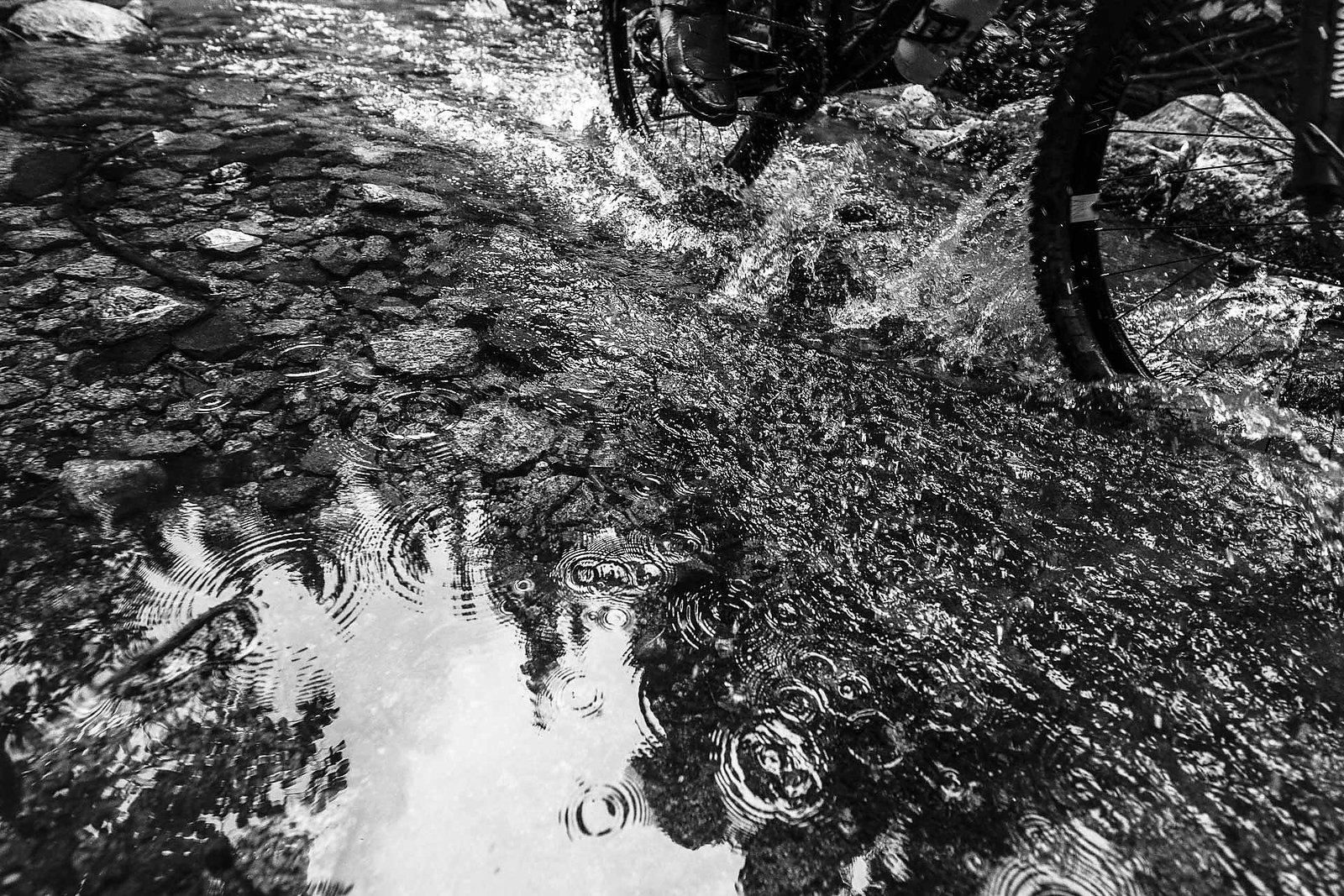
The End of the Road Methow Valley’s Truly Wild Offerings
Words by Sakeus Bankson | Photos by Paris Gore
Main street may be paved, but it’s not hard to imagine John Wayne moseying past the wooden boardwalks and weathered storefronts of Winthrop, WA, headed toward the swinging doors of Three Fingered Jack’s Saloon as he prepares for a shoot-out with some villain inside.
Everything from the general store to the gas station to fonts on the signs could be pulled straight from an old Western movie, an appearance the town has cultivated for more than 45 years.
The irony, however, is that while Winthrop’s current appearance may be artificial, the iconic cowboy style was actually born in this tiny, rural hamlet of barely 450 people. Owen Wister’s 1902 novel, “The Virginian,” is regarded as the first true American Western, and was inspired by his honeymoon to Winthrop. More than a century later, Wister’s muse may seem far tamer, but it remains a frontier for backpackers, rock climbers, mountaineers and—most recently—mountain bikers searching for rowdy, wild terrain.
Located in North Central Washington, Winthrop sits in the upper end of Methow Valley, a roughly 50-mile stretch running south from the crossroads of Mazama to the agricultural town of Pateros, at the confluence of the Methow and Columbia rivers. Along its rapid-filled course, the Methow River passes through sage and grasslands, towering stands of ponderosa, and steep, thick Douglas Fir forests of the deeper Cascades.
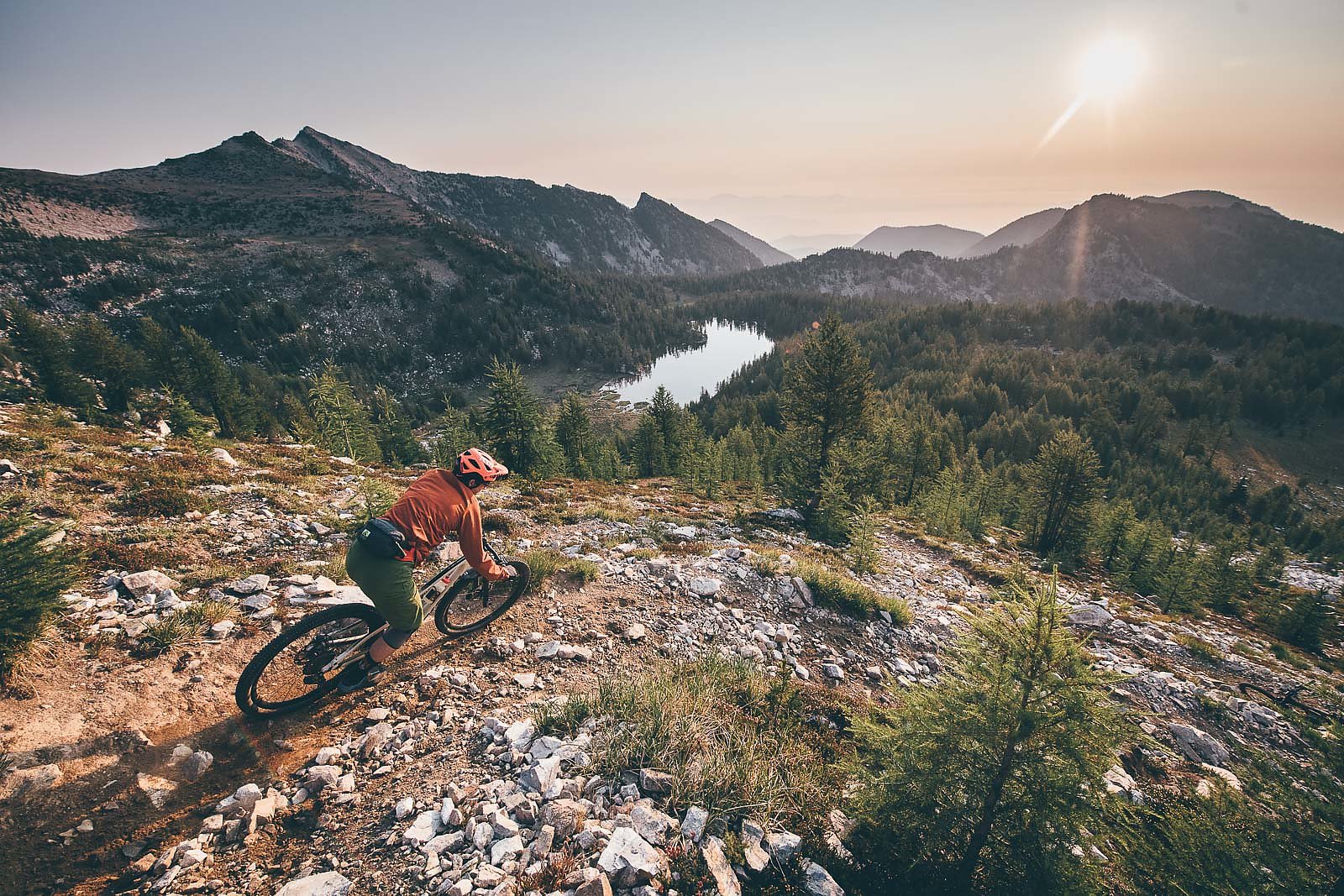
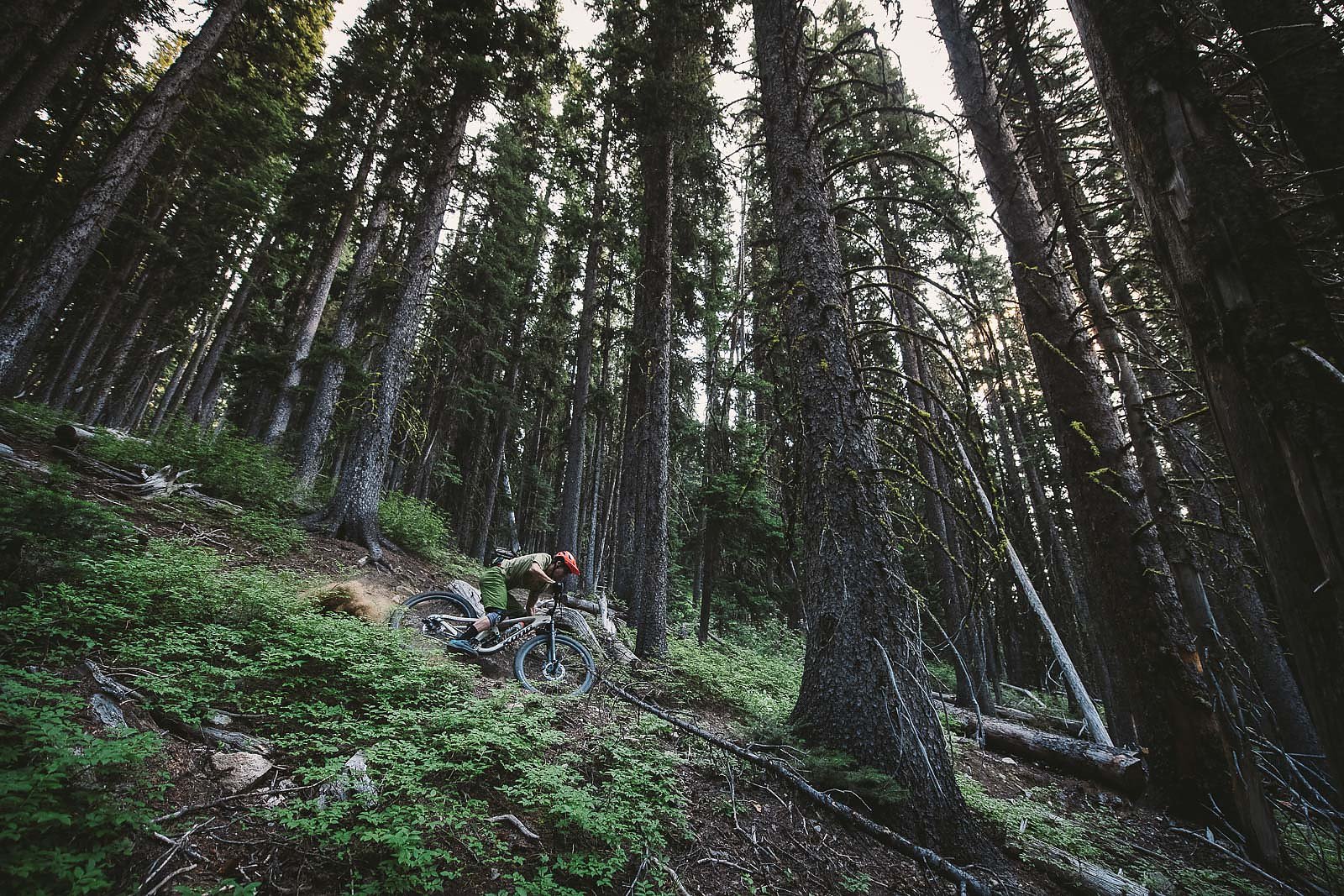
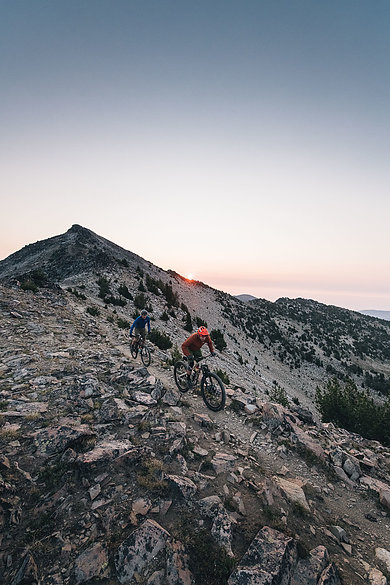
Today, the entire valley is home to some 5,000 people, an eclectic hodgepodge of farmers, ranchers, artists, aging hippies and even a United States Forest Service smokejumper crew (an art that also originated in Winthrop). But when Wister first arrived, the town was only one of the area’s bustling hotspots, and far from its largest. Farther north, past the treacherous climb to Hart’s Pass, the dual gold mining towns of Chancellor and Barron were already home to nearly 3,000 people. Both towns were abandoned by 1915, but the road remains the highest in the state.
Unlike mining, agriculture—particularly apple farming—continued to thrive in the valley, as did ranching, as evidenced by the annual “’49er Days Celebration” in Winthrop, a rodeo and horse-centric country festival (2018 will be its 74th year). The USFS built a fire lookout on the 7,440-foot Slate Peak in 1924, and in 1940 established the (disputedly) first smokejumper base.
Meanwhile, hunters, trappers and hikers continued to ply the surrounding heights of the Cascades—or, in the case of the Department of Defense, take those heights down a little. In 1956, the agency blew off the top 40 feet of Slate Peak with plans to build a radar station, plans that never materialized. Instead, the USFS rebuilt the lookout on 40-foot stilts, putting it at the same height as the original.
By the early 1970s, an influx of artists, bakers, organic farmers and free spirits began arriving in the valley, blending with the traditional residents into somewhat of a “Cosmic Cowboy” culture. That influx became a steady stream in 1972, when workers completed the North Cascades Highway. Highway 20, as it’s officially called, opened the Methow directly to the denser population centers of the Puget Sound, and to draw tourists over the mountains Winthrop took on its “American West” veneer.
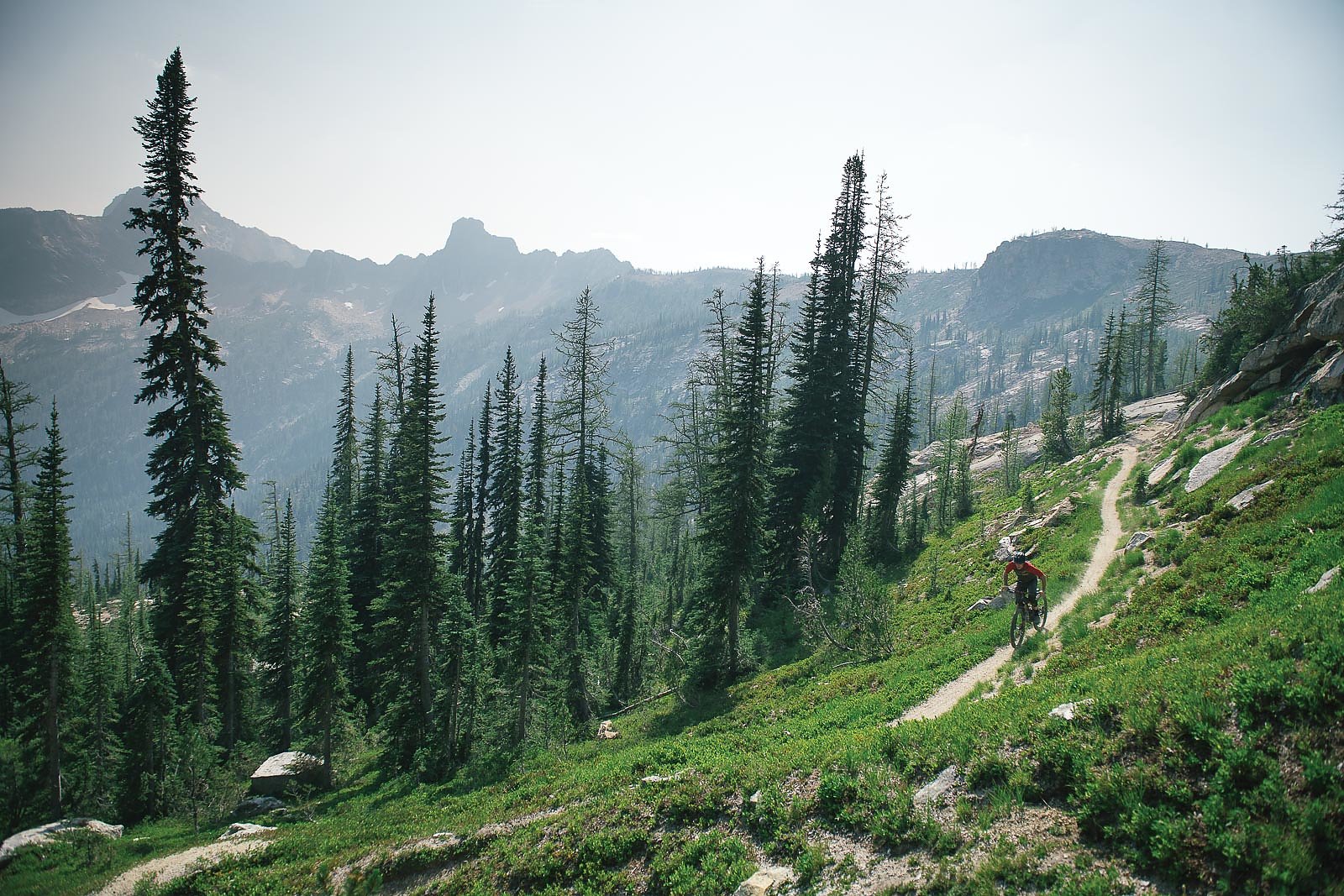

The highway brought another first as well: it split the massive expanse of wilderness that once stretched interrupted from Stevens Pass to the Canadian border, giving easy access to trails and locations that once required days to reach. Farther south, horse packers and early dirt bikers were following old Civilian Conservation Corp trails along the Colorado-esque ridges of the Sawtooth Range. Sometimes called the “Chelan Summit,” the spine of 8,000-plus-foot peaks separate the Methow and Lake Chelan and allow adventurers to remain above tree line for miles, a rarity in a land of jagged peaks and valleys.
But by the late 1970s—beyond one cowboy riding a cruiser into the middle of the Pasayten Wilderness on a dare—bicycles in the Methow had yet to leave the pavement. So when Steve Barnett brought the first mountain bike (a custom rig built in Seattle) into the valley at the cusp of the ’80s, the options were endless and, for a time, rules non-existent. The USFS had yet to figure out how to manage bicycles, and a small group of locals began exploring this new frontier. They even tasted parts of the Pacific Crest Trail where it crossed Highway 20, before the USFS amended the Wilderness Act in 1984 to exclude bikes. Luckily for Methow mountain bikers, one of that original crew was Ardis Bynum, a USFS official and avid rider who was able to exempt Cutthroat Pass from the ban. To this day, Bynum’s alpine out-and-back remains one of the area’s must-ride epics.
With the wilderness closed, local riders began converting the area’s winter XC ski trail network—already one of the largest in the country—to year-round use. As the 1990s ticked into the early 2000s, the sport saw pulses of popularity in the valley. Singletrack began appearing on nearby Buck Mountain, which still serves as a good after-work lap, and the Methow Valley Trails Alliance put together events like the Methow MTB Festival, which included shuttles and the infamous “Boneshaker” downhill race. A new bike shop, Methow Cycle & Sport, opened in 2006 and replaced the defunct (and Western-themed) shop downtown.
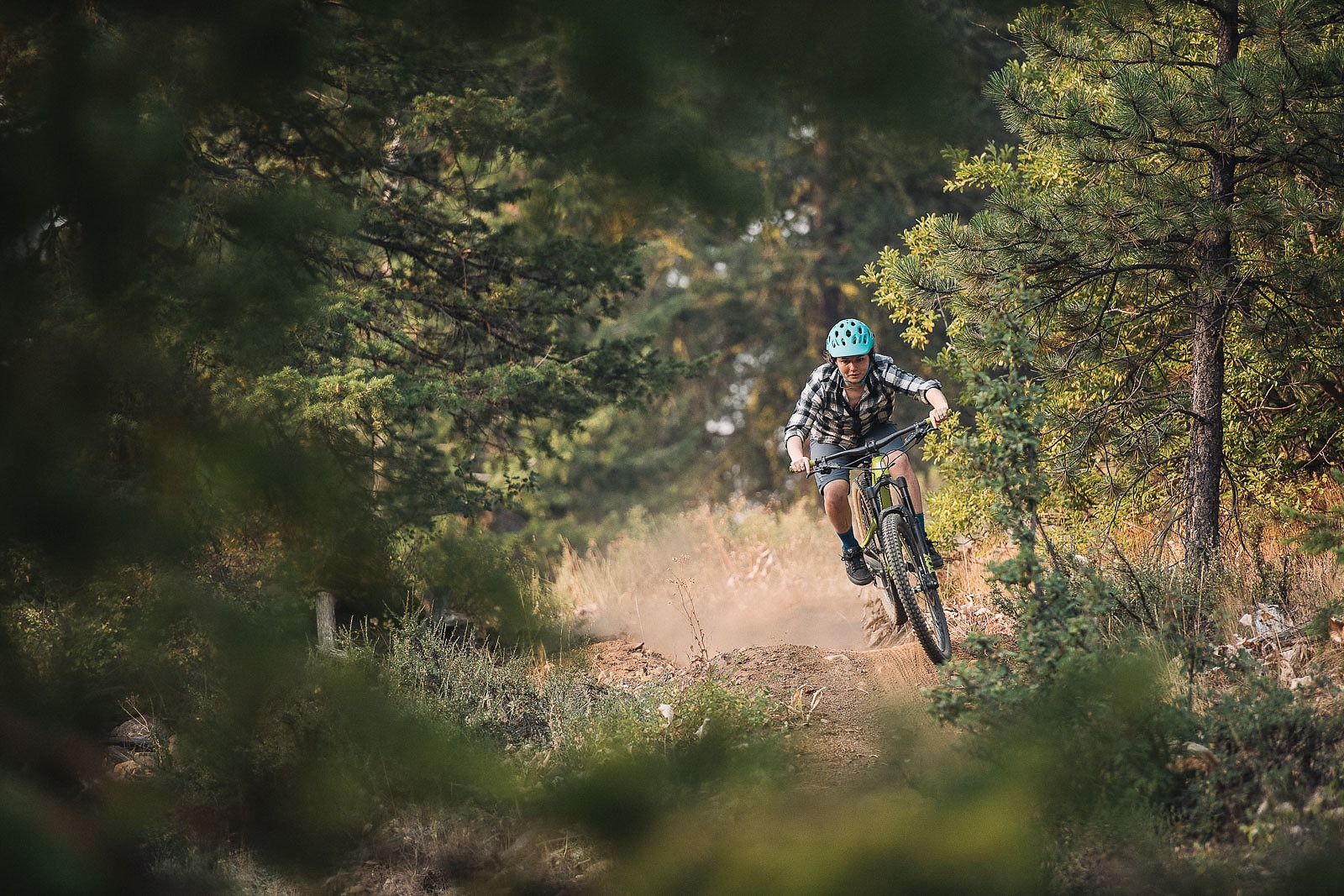

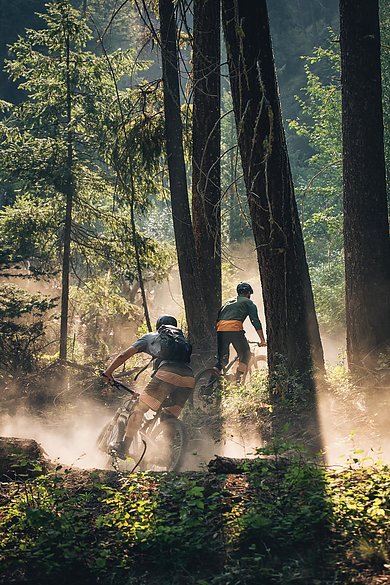
In 2012, local riders partnered with Evergreen to establish the club’s Methow Chapter, which has brought a modern flair to the local trail systems, with flow lines like Pete’s Dragon at the Sun Mountain network, and a new level of energy with work parties and events like the Methow Valley Singletrack Celebration and Brewfest. The area’s storied XC ski heritage has continued to provide as well: the Rendezvous Huts, a system of cabins and Nordic trails just north of town, opened to mountain bikers and now offers a unique, quasi-backcountry experience.
But the Methow’s truly wild offerings still lie in the surrounding mountains, particularly the Sawtooth Range. Partly due to Bynum’s behind-the-scenes work, when the Sawtooth Wilderness area was created in 1984 the southern end was left open to motorcycles and mountain bikes as a “backcountry area.” This includes Angel’s Staircase, a grueling, 25-mile loop that climbs more than 5,000 feet to the highest singletrack in the state. The ride can take eight hours, and that’s without any detours.
Once you reach the summit of Angel’s Staircase at 8,087 feet, miles of singletrack drop off in all directions, past alpine lakes, through fields of wildflowers, and—in the fall—under forests of golden larches. It’s an experience unique to the Cascades, a timeless world to outdo any John Wayne movie. Because when it comes to mountain biking, the Methow very much remains a wild frontier.
